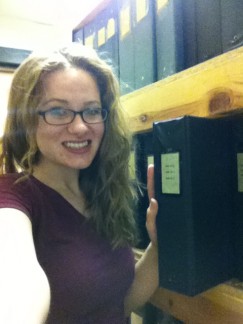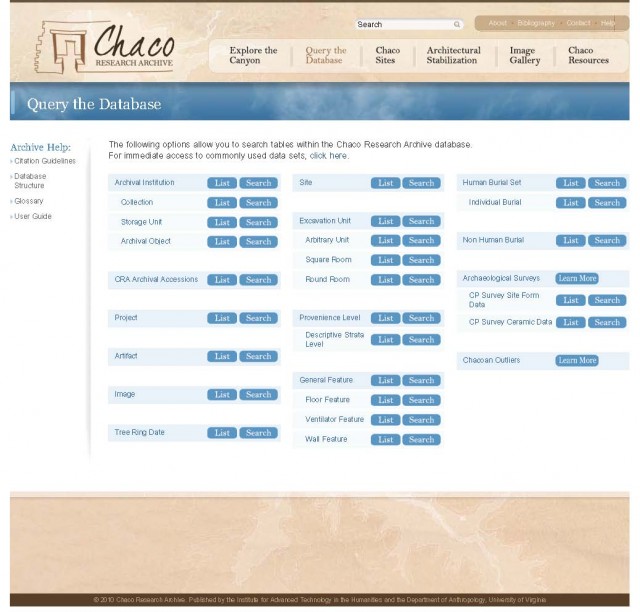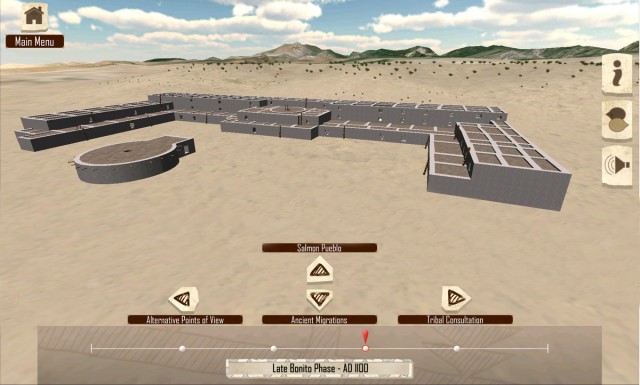- Home
- >
- Preservation Archaeology Blog
- >
- Archaeology and Digital Technology, Plus an Update...

(March 31, 2016)—Scott Michlin welcomed me back to his San Juan College KSJE Morning Show in February. We discussed the role of digital technology in archaeology. You can listen to our conversation here.
The primary topic for my radio chat with Scott was Archaeology Southwest’s SPARC (Salmon Pueblo Archaeological Research Collection) project. The project is funded through the National Endowment for the Humanities (NEH). The project will preserve and make accessible incomparable legacy data from the important excavations at Salmon Ruins in the 1970s. Collaboration among four institutions—the Salmon Ruins Museum, Archaeology Southwest, the Center for Digital Research in the Humanities at the University of Nebraska-Lincoln, and the Institute for Advanced Technology in the Humanities at the University of Virginia—created SPARC.
The project entails three phases: (1) digital acquisition (that is, scanning of the huge collection of data, drawings, photographs, slides, and original field forms); (2) data integration and management; and (3) online preservation of and access to materials.

Together with colleagues Carrie Heitman (Nebraska), Larry Baker (Salmon Ruins), Worthy Martin and Steve Plog (Virginia), we’ve made good progress in the first nine months of SPARC. We hired Emma Gibson, a recent Northern Arizona University (NAU) graduate (Bachelor of Arts) in anthropology, to complete the sorting of the Salmon records prior to scanning. She has been hard at work since June and will finish the sorting work by this summer.
Once completed, the SPARC will be merged into the Chaco Research Archive (CRA), hosted by the University of Virginia, and Salmon will represent the single largest collection of site data in the CRA. Researchers will be able to do deep research on Salmon Pueblo via the Internet from anywhere in the world.

Scott and I also discussed Archaeology Southwest’s Chaco’s Legacy project, a collaboration between me and Preservation Archaeologist/Digital Media Specialist Doug Gann.
We’re happy to report that Chaco’s Legacy should be accessible via the Internet soon, as well as by visiting the Salmon Ruins and Aztec Ruins National Monument museums in person.
